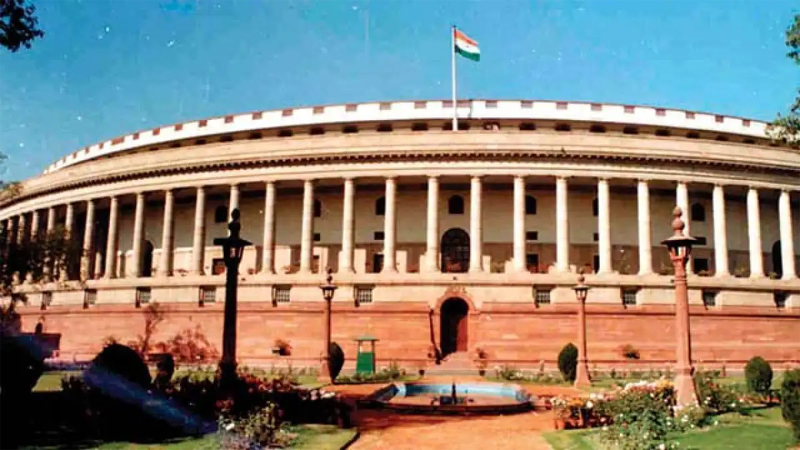Ladakh had a unique history, and tough to survive but beautiful. In the past, as part of the Kashmir Division, it was ignored, and whatever development there was, it was only due to the strategic importance of Ladakh. The Government has been completely committed to the development of the Ladakh region since its inception, and efforts are being made to improve infrastructure and quality of life. However, the department-related Parliamentary Standing Committee on Home Affairs has pointed out certain deficient areas that require the immediate attention of the Ministry of Home Affairs. The main issue pointed out is budget allocations to the twin autonomous councils of Leh and Kargil. It has been pointed out that budget allocation for the years 2023-24 has been drastically reduced as compared to the estimates for 2022-23-in fact, by less than 50percent. The Committee also stated that by the end of January 2023, Leh council had spent 66.35percent of their revised budget and Kargil council had spent 75.16percent of their allocated budget. Why would there be a drastic cut in next year’s budget when both Hill Councils have spent the majority of the allocated budget? Ladakh is a new UT with little infrastructure, which is exacerbated by the fact that it has a large land area but a small population. The Committee has also observed that, given the vast area, more districts and tehsils should be carved out to give impetus to development. With no medical college and university, only one airport, and roads closed for months during the winter, life is not easy. Both the University and the Medical College had been granted. The University of Ladakh has been established, with campuses in both Leh and Kargil. But the Medical College is still elusive as the DPR is still under process. Due to the difficult terrain, continuous sub-zero temperatures, and the Srinagar-Leh highway being closed in the winter, there is a need for more airports at Nubra, Nyoma, and Zanskar and the use of commercial flights from Kargil Airport. The shortage of officers is another grappling problem being faced by Ladakh despite the AGMUT cadre being implemented. Maximum IAS-IPS officers are from the Jammu and Kashmir cadre, on deputation to Ladakh. Due to a shortage of officers, officers are assigned to multiple departments and have less interaction with the public. This results in the non-resolution of public grievances and alienation from the administration.
These various issues, when combined and on a broader canvas, leave much to be done. The committee has rightly pointed out the various hiccups and shortcomings that must be addressed as a top priority. The Government is trying its best and working on various fronts simultaneously. Efforts are being made to build all-weather roads by constructing tunnels, advanced landing grounds, helicopter services for better connectivity, and, of course, the largest solar plant. Exploration of wind energy usage is also suggested by the committee. The Government is promoting Ladakh as a world-class tourism destination, and all projects assigned to it are environmentally friendly. The administration is well aware of the shortcomings; several bottlenecks have been removed, and many more are being considered. The harsh winters reduce the amount of time available to complete the projects. Ladakh is progressing slowly but steadily, and we will have to wait sometime for better results. The reorganisation had been done and the administration has settled now, aware of what people are expecting, what on the ground is there and what has to be done to fill the gaps. It is not at all easy terrain to work with, but with time, there should be no excuses at all. Ladakh has been deprived of certain basic facilities for decades. It has many typical problems that the rest of India doesn’t have, and as such, due consideration must be given. Much has been done in the last few years, but much more needs to be worked out.
Trending Now
E-Paper


